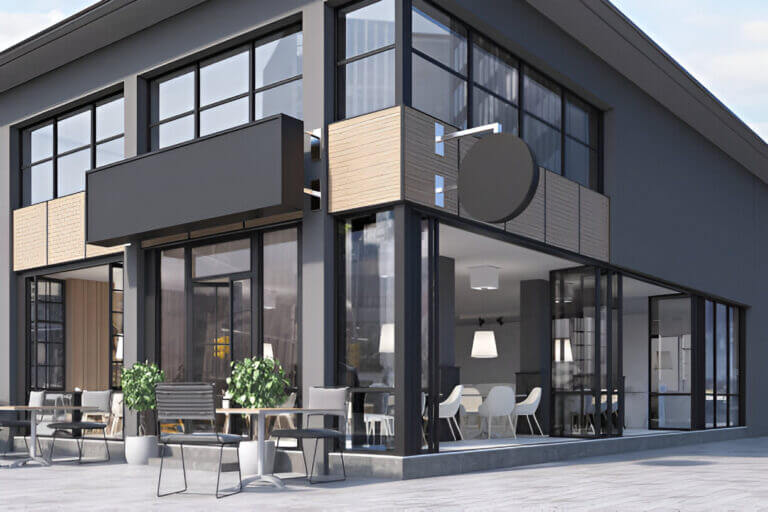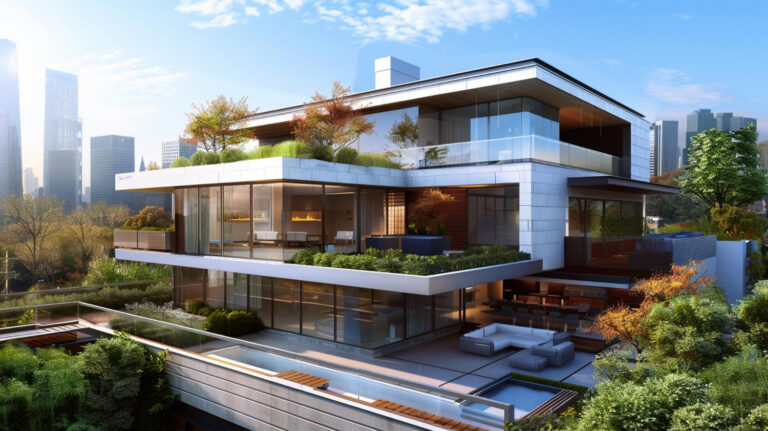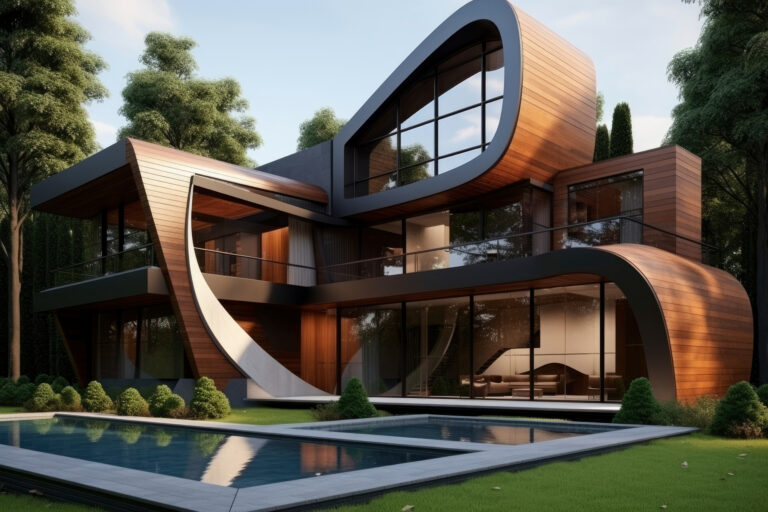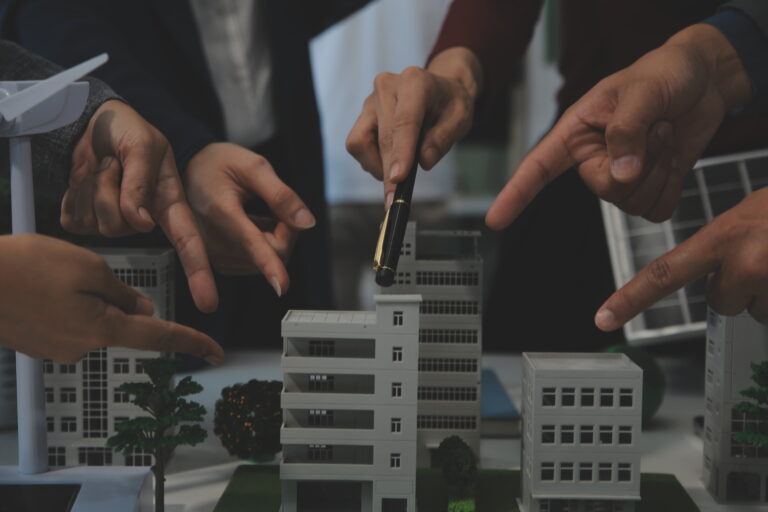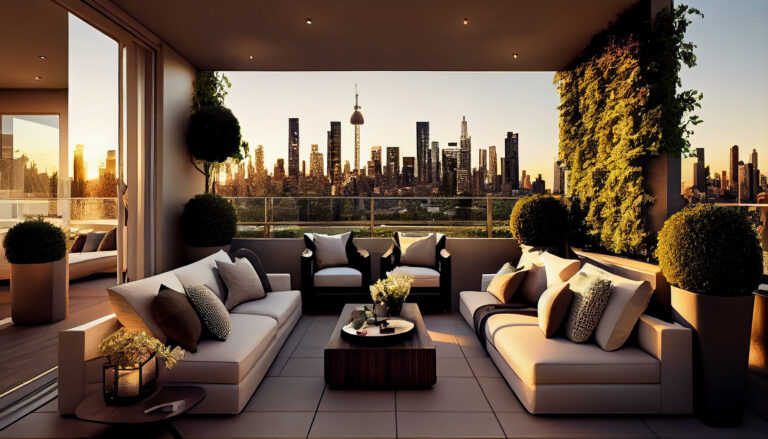Introduction
As an interior designer, your creative vision and design skills set you apart. But to win clients and projects, you need effective ways to communicate abstract concepts visually.
This is where high-quality 3D architectural renderings prove invaluable. They allow you to showcase designs with realism and artistic flair.
Perhaps you have wondered whether 3D Interior Design Rendering Services are just another marketing buzzword. They might sound like something flashy for brochures and social posts, but not truly essential to winning over clients or streamlining approvals.
I have been in enough project rooms to know that hesitation very well. You want to protect your budget, your time, and maybe even your creative process from yet another layer of complexity.
At RealRender3D, we have seen what happens when the right rendering strategy is built into a workflow. It does not simply enhance a presentation. It changes the way you, your clients, and your contractors communicate.
The conversation shifts from “I think this might work” to “I cannot wait to move in.”
Over the next few sections, we will explore what makes 3D Interior Design Rendering Services such a powerful tool, how to integrate them, and how to make them a driver for better design and better business.
The Gap Between Vision and Understanding
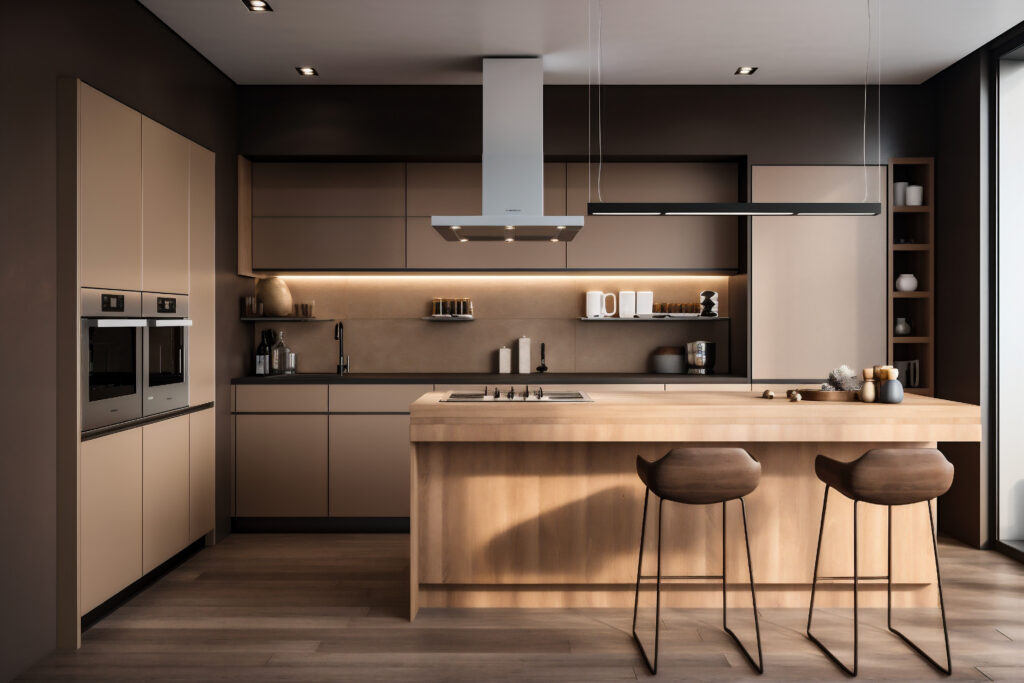
Even seasoned clients, whether developers, investors, or repeat homeowners, often cannot decode flat technical drawings. They see walls where you see volumes. They see color swatches where you see atmosphere.
This is where misunderstandings creep in and later where costly change orders are born.
3D Interior Design Rendering Services bridge that gap by creating a shared visual language. A two-dimensional plan becomes a lifelike scene: light spilling from a corner window, the texture of walnut cabinetry under warm pendant lighting, and the exact sense of openness you envision between the living and dining spaces.
Showcase your designs with Photorealistic Renderings
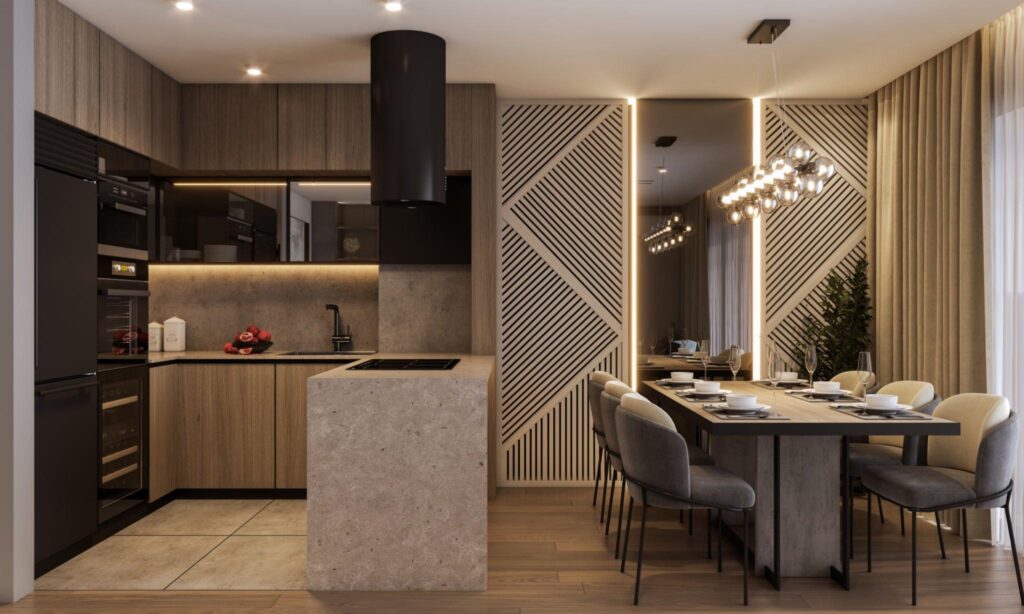
Interior designers always face the challenge of transforming their design ideas into Photorealistic visuals that clients can truly understand and appreciate.
Two-dimensional floor plans and sketches often fall short nowadays as clients cannot fully visualize the finished result from moodboards, and rough 2D sketches alone.
This is where the 3D interior renderings offer numerous benefits to interior designers and other professionals in the design and architecture industry. 3D renderings act as a bridge between raw design concepts and the client’s understanding of the final space.
Materials, lighting, textures, furnishings, and spatial volumes come together that bring’s client’s future space to life right before their eyes in realistic 3D environments.
High-Quality architectural renderings convey the aesthetics and ambience you intend for a space. Immersive 3D flythrough videos take clients on an experiential tour of house, simulating what it would feel like to walk through the actual space.
This creates excitement and builds confidence in your creative vision, speeding up design approvals.
With 3D renderings, you can showcase interior concepts in the most vividly realistic way possible compared to traditional 2D drawings or sketches.
Skilled Artists Realize Your Creative Goals
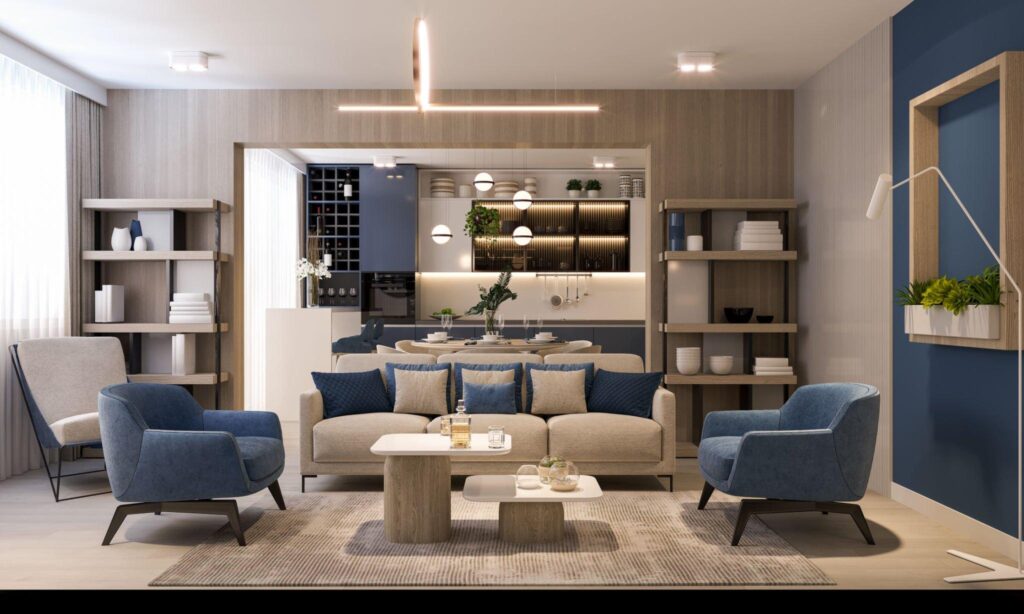
Producing first-class 3D interior renderings requires artistic talent and technical mastery that most design firms lack.
Architectural visualisation is a highly specialized field and it is very useful to get the clients instantly. Studios dedicated to this craft have spent years honing skills and utilizing cutting-edge technologies to make the renderings perfect.
Your design concepts and goals guide the work, from initial sketches to photorealistic final renderings all work together. Skilled artists and modelers build out environments with proper scale, spatial relationships and accurate detail to get the best results.
Through lighting and materials expertise, your creative vision is brought to life in the most vivid, photorealistic style possible.
These visualisation experts elevate rendering quality beyond what in-house staff can accomplish independently.
Advanced tools like ray tracing, global illumination and post-processing are leveraged to execute your vision at the highest level. The benefit is giving clients renderings that powerfully communicate your design skills and concepts.
Applications Across Residential, Commercial and More
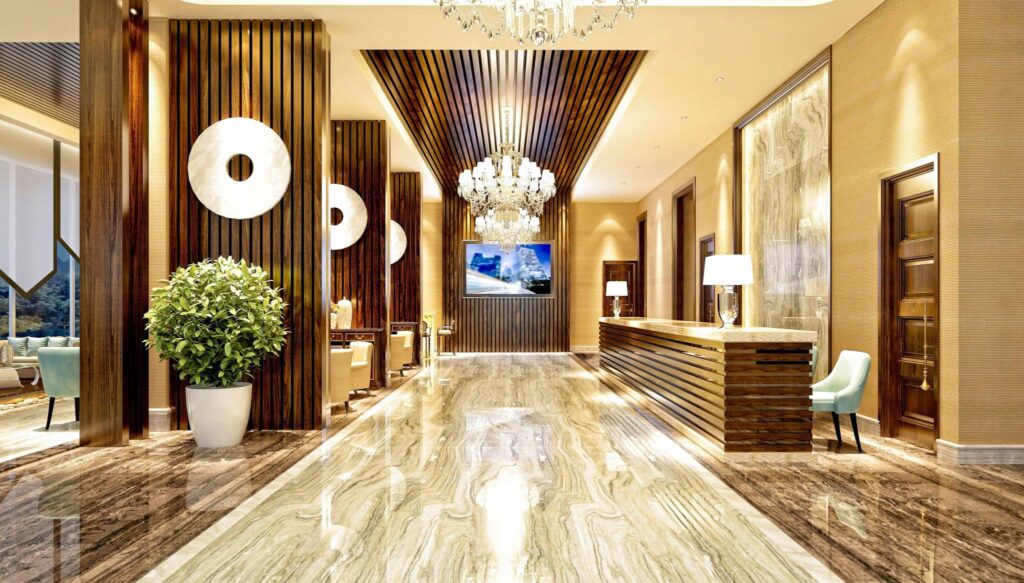
Striking 3D architectural renderings provide valuable visual communication and marketing across residential, commercial, hospitality, retail and other industries.
The power of realistic visuals applies regardless of the specific project type or market, as renderings enable effective evaluation and decision-making.
For residential clients, photorealistic renderings allow homeowners to judge interior design plans accurately. They showcase the full living experience you have envisioned, from material finishes to lighting ambiance.
Commercial clients can visually evaluate office environments and workspace layouts through detailed renderings. Hospitality owners make important decisions based on renderings of guest rooms, lobbies and amenities.
Retailers preview merchandising plans and in-store experiences through store renderings.
Across all applications, renderings instill confidence that translates into faster approvals. They immediately convey design excellence in a way no other media can match.
High-quality interior visualization services help you win business through superb visual storytelling and effective communication of your vision.
Evaluating Visualization Partners
Your interior design skills and creative eye sets you apart from others. Always Choose a 3D rendering partner who enhances rather than limits your brilliance. When evaluating studios, look for these key attributes:
- Portfolio – A stunning portfolio reflecting photorealistic quality, composition and visual storytelling skill.
- Expertise – Deep experience in interior architectural visualization specifically.
- Technology – Utilizing advanced tools and processes for unparalleled realism.
- Reliability – Proven track records of delivering for demanding designers.
- Service – Responsive, customer-focused project management and communication.
The right partner invests in continual advancement to remain at the forefront of 3D visualization. They empower designers like yourself to produce exceptional interior renderings with consistency. Don’t settle for lower quality visuals that undermine your brilliance.
ROI: What We Have Measured

You might be weighing the cost of 3D Interior Design Rendering Services against the benefits and wondering if the numbers truly justify the investment. That hesitation is natural, especially when every project has tight margins and competing priorities.
The good news is we have tracked performance across multiple client engagements, and the data tells a compelling story.
Here is a deeper breakdown of the ROI we have consistently observed:
| Metric | Before Using Renders | After Using Renders | Improvement & Impact |
|---|---|---|---|
| Lead-to-contract timeline | 8–12 weeks | 5–8 weeks | 25–40% faster sales cycles free your team to focus on new leads sooner |
| Number of design revisions | 4–6 rounds | 2–3 rounds | 30–50% reduction in revisions cuts decision fatigue labor hours and |
| Pre-construction | 25–35% of units sales rate sold | 50–70% of units sold | Often doubles early sales, improving cash flow and investor confidence |
| Change order requests during build | Frequent, sometimes costly | Rare and minor | 10–15% fewer changes lowers build cost and protects profit margins |
| Stakeholder satisfaction | Mixed, with repeated clarification needed | Consistently high | Positive feedback-offs and strengthens accelerates sign relationships |
| Marketing asset readiness completion | Delayed until breaking ground | Available before | Speeds up campaign launches, letting you capture market attention early |
Why these gains matter:
- Time Saved is revenue approval timelines gained. Shorter mean properties hit the market earlier, giving you a competitive edge in seasonal or high-demand periods.
- Fewer Revisions protect your team’s bandwidth, freeing them to focus on design quality and client service rather than rework.
- Higher Pre-sales create a financial cushion, reduce risk exposure, and improve negotiating power with suppliers and contractors.
- Reduced Change the costly ripple Orders prevent effects of rework, from extended schedules to increased labor costs.
- Early Marketing Assets let you launch campaigns in parallel, capturing interest with construction before the market is saturated.
In short, the return is not only monetary. It shows up in reduced stress for your team, smoother collaborations with stakeholders, and a consistent lift in how your brand is perceived.
Once you see the tangible improvements in efficiency, sales velocity, and client satisfaction, the question often shifts from “Should we use rendering?” to “How can we use it in every project going forward?”
Conclusion: Communicating Design Excellence
You may still wonder if adding 3D Interior Design Rendering Services will complicate your process, increase costs, or limit creative spontaneity. It is a fair hesitation.
The truth is, the right rendering workflow does the opposite. It clarifies decisions, protects budgets by catching issues early, and gives you the freedom to explore multiple directions without committing to the wrong one. Instead of convincing clients with words, you let them experience the space and arrive at yes with confidence.
If you are concerned about losing creative control, consider how renders become a sketchbook you can walk through. You can test bolder palettes, try alternative lighting scenes, and preview material combinations that might feel risky on paper.
The conversation shifts from debating abstractions to refining specifics. That change alone shortens approvals, reduces revisions, and keeps momentum steady.
You may also worry about accessibility for clients who are not tech inclined. Renders work as simple images and videos. Interactive options can be shared with a single link.
In practice, clients respond faster because they are reacting to what feels real. This shared understanding aligns stakeholders and lowers the chance of late-stage surprises that strain relationships.
If budget is on your mind, start small. One hero scene can validate the value. Track the impact on feedback quality, approval speed, and change orders.
You will see where rendering saves time and money, and where it elevates your design narrative. From there, scaling is a decision, not a leap.
Frequently Asked Questions
1. Why are 3D renderings important for interior designers?
3D renderings are crucial for interior designers because they allow clients to fully visualize and understand design concepts. They bridge the gap between 2D plans and the client’s perception of the finished result. Quality renderings build confidence in the designer’s skills and vision.
2. How can renderings help win new projects?
Stunning interior renderings showcase design skills in the most vivid, compelling way. They capture client imagination and convey the experience of spaces better than plans or sketches. This impresses clients and makes them more likely to hire the designer.
3. What are some key rendering techniques?
Key techniques include ray tracing for photorealistic lighting, advanced materials rendering, global illumination, and post-processing. These take raw 3D models into striking visualizations that mimic real-world spaces.
4. Why outsource rendering services?
Outsourcing provides access to specialized talent and advanced technologies most design firms lack in-house. Dedicated visualization studios offer experience and capabilities that take renderings to the next level.
5. What should designers look for in a rendering partner?
Top priorities are a stunning portfolio, interior rendering expertise, cutting-edge technologies, proven reliability, and outstanding service. The partner should enhance the designer’s vision.
6. How can renderings help residential clients?
For residential projects, quality interior renderings allow homeowners to judge designs and selections accurately. They showcase the full living experience the designer intended.
7. What value do renderings offer commercial clients?
Commercial renderings showcase professional office environments and workspace layouts in the best light. They help businesses visualize and evaluate spaces prior to construction.
How do renderings support hospitality design?
Hospitality renderings allow owners to make important branding and design decisions by previewing guest rooms, lobbies and amenities realistically.
Alex Smith is a content writer at RealRender3D, writing informative articles on 3D rendering, interior design, architecture, and related topics.
With over 15 years of experience at top UK architecture and interior design firms, Alex leverages his expertise to write engaging content educating readers on AEC industry trends and best practices.
Connect with Alex at alex@realrender3d.co.uk.

